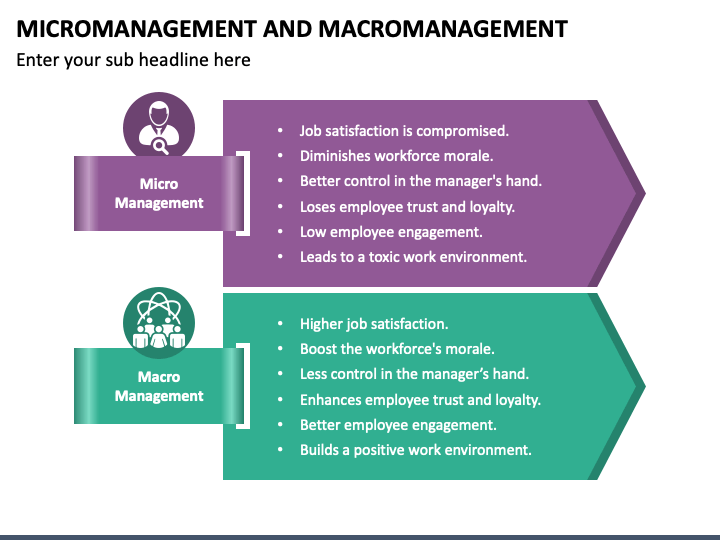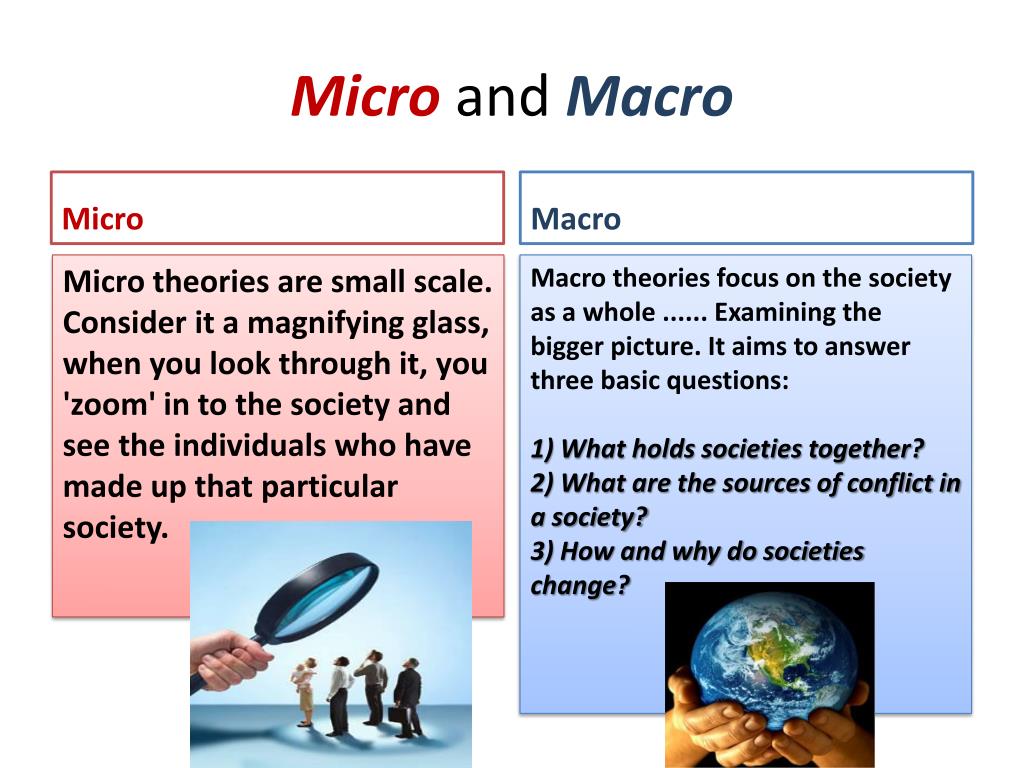


It creates a huge impact on shaping marketing decisions. The marketer interacts with other functional areas of the organization.įactors remain beyond the control of marketers.įactors may be controlled to a large extent by a marketer. Marketer interacts with, the elements prevailing outside the organization. The differences between macro environments and micro-environments may be relevant to identify in the following table: Point of difference Though not exactly opposites, broad differences exist between macro marketing and micro marketing. Micro and macro refer to economic environments within which marketing takes place. The fourth component consists of the competitors facing the organization. The third component consists of the five types of markets in which the organization can sell: the consumer, producer, reseller, government, and international markets. The second component includes the marketing channel firms that cooperate to create value: the suppliers and marketing intermediaries (middlemen, physical distribution firms, marketing-service agencies, and financial intermediaries). The first is the organization’s internal environment-its several departments and management levels as it affects marketing management’s decision-making. It includes the company itself, its suppliers, marketing intermediaries, customer markets, competitors, and the public.ĥ components of the microenvironment of marketing are The micro-environment refers to the forces that are close to the company and affect its ability to serve its customers. Social responsibility also became part of marketing and slowly emerged in marketing literature. Cultural EnvironmentĬultural factors in heritage, living styles, religion, etc., also affect a company’s marketing strategy. So marketers and business management pay close attention to the political forces to judge how government actions which will affect their company. These forces may affect an organization on a local, regional, national, or international level. It includes government actions, government legislation, public policies, and acts that affect the operations of a company or business. These macro-environmental forces create new products, new markets, and marketing opportunities for marketers. Technological forces are perhaps the most dramatic forces which are changing rapidly. So marketers should be aware of several trends in the natural environment. The natural environment involves the natural resources that are needed as inputs by marketers or they are affected by marketing activities.

When the income of a family or country (per capita income) changes, it also changes the buying behavior and spending pattern of the family or country. The external environmental factors are uncontrollable, and the company finds it hard to tackle the external factors.

These external factors influence the company’s marketing strategy is a great length. Macro environment factors consist of external forces. Let’s look at this chart that shows the micro (internal) and macro (external) elements of the marketing environment. To sum up, the marketing environment is a set of diverse, dynamic, and uncontrollable forces that impinge on an organization’s marketing operations and opportunities. According to Philip Kotler, “A company’s marketing environment consists of the internal factors & forces, which affect the company’s ability to develop & maintain successful transactions & relationships with the company’s target customers.”Īccording to Pride &Ferrell, “The marketing environment consists of external forces that directly or indirectly influence an organization’s acquisition of inputs and generation of outputs.”


 0 kommentar(er)
0 kommentar(er)
